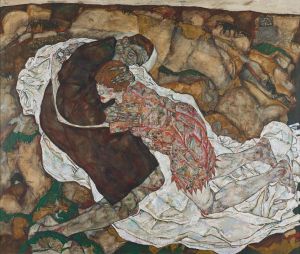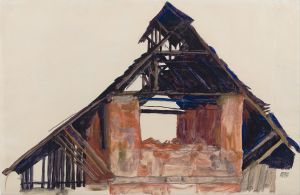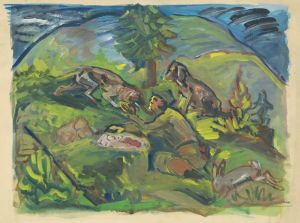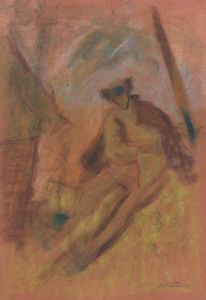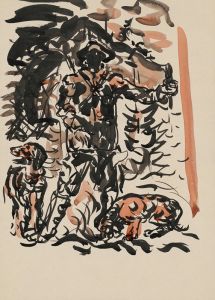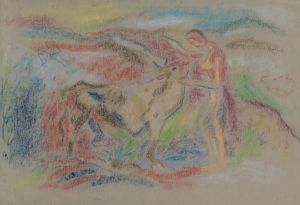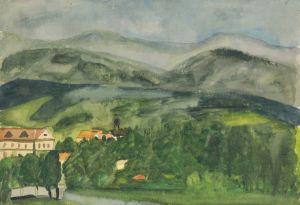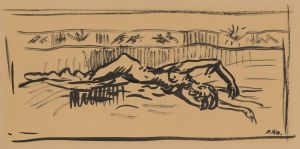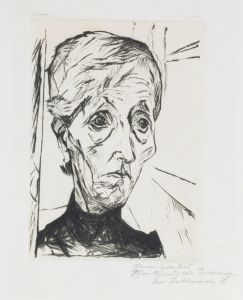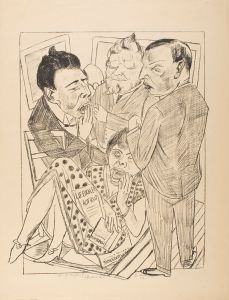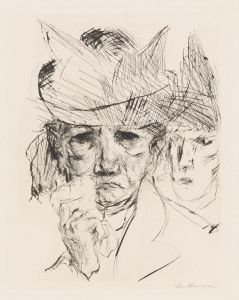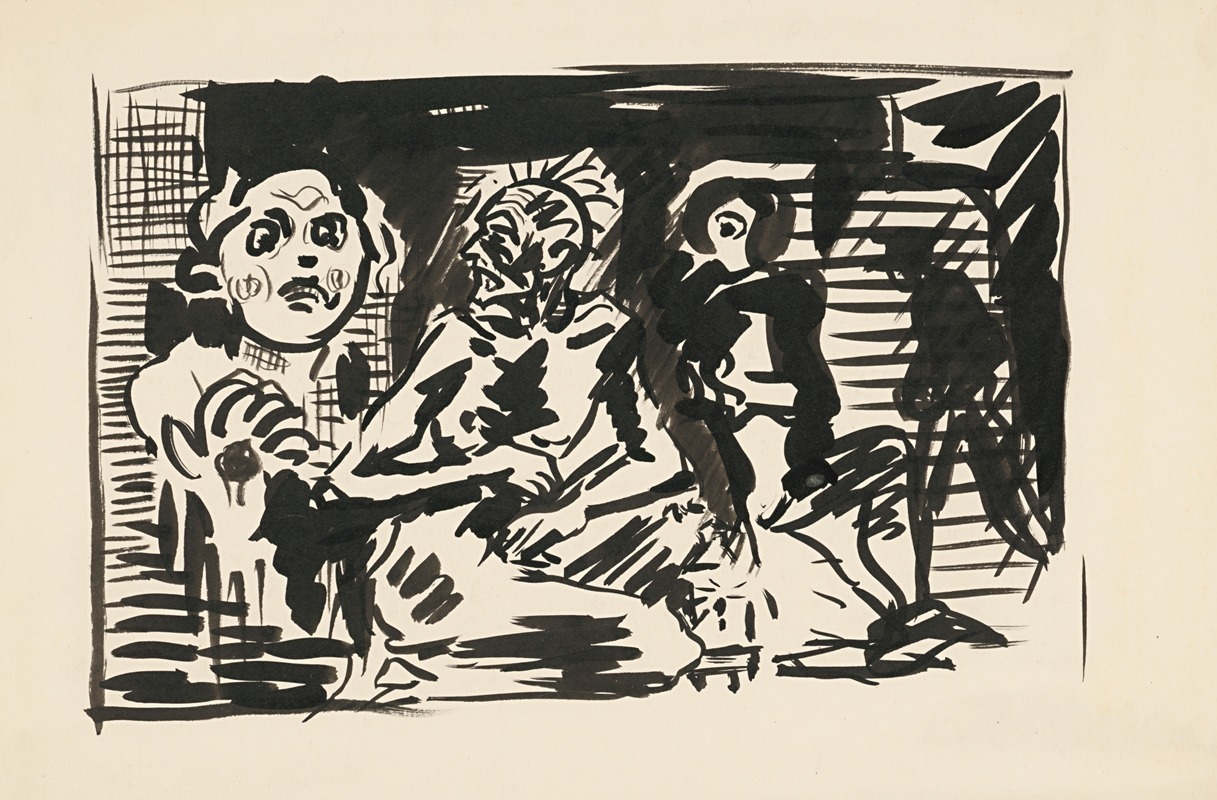
Anxiety
A hand-painted replica of Arnold Peter Weisz-Kubínčan’s masterpiece Anxiety, meticulously crafted by professional artists to capture the true essence of the original. Each piece is created with museum-quality canvas and rare mineral pigments, carefully painted by experienced artists with delicate brushstrokes and rich, layered colors to perfectly recreate the texture of the original artwork. Unlike machine-printed reproductions, this hand-painted version brings the painting to life, infused with the artist’s emotions and skill in every stroke. Whether for personal collection or home decoration, it instantly elevates the artistic atmosphere of any space.
Arnold Peter Weisz-Kubínčan was a Slovak painter known for his contributions to modern art in the early 20th century. His work often reflected the socio-political tensions and personal struggles of his time. One of his notable paintings, "Anxiety," captures the emotional and psychological turmoil that characterized much of his oeuvre.
"Anxiety" is a poignant example of Weisz-Kubínčan's ability to convey deep emotional states through his art. The painting is characterized by its expressive use of color and form, which together create a sense of unease and tension. The composition likely employs bold, contrasting colors and dynamic brushstrokes, techniques that Weisz-Kubínčan often used to evoke strong emotional responses from the viewer. These elements work in harmony to depict the theme of anxiety, a universal human experience that resonates across different cultures and time periods.
Weisz-Kubínčan's work was heavily influenced by the turbulent historical context in which he lived. Born in 1898 in what is now Slovakia, he experienced the upheavals of World War I and World War II, as well as the interwar period marked by significant political and social changes in Europe. These events had a profound impact on his artistic vision, as he sought to express the complexities of human emotion in a rapidly changing world.
The artist's Jewish heritage also played a significant role in his life and work. During World War II, Weisz-Kubínčan faced persecution under the Nazi regime, which tragically led to his deportation and death in 1945. This personal history of suffering and resilience is often reflected in the themes of his paintings, including "Anxiety."
While specific details about the painting "Anxiety" such as its dimensions, medium, and current location might not be widely documented, it remains an important part of Weisz-Kubínčan's legacy. His work is celebrated for its emotional depth and its ability to capture the human condition in times of crisis.
Weisz-Kubínčan's contributions to modern art are recognized for their unique blend of personal experience and broader historical commentary. His paintings continue to be studied and appreciated for their artistic merit and their poignant reflection of the era in which he lived. Despite the challenges he faced, Weisz-Kubínčan's work endures as a testament to the power of art to express the inexpressible and to connect with audiences on a deeply emotional level.
In summary, "Anxiety" by Arnold Peter Weisz-Kubínčan is a significant work that exemplifies the artist's skill in portraying complex emotional states. Through his use of color, form, and composition, Weisz-Kubínčan invites viewers to engage with the painting on both an intellectual and emotional level, ensuring its place in the canon of modern art.





